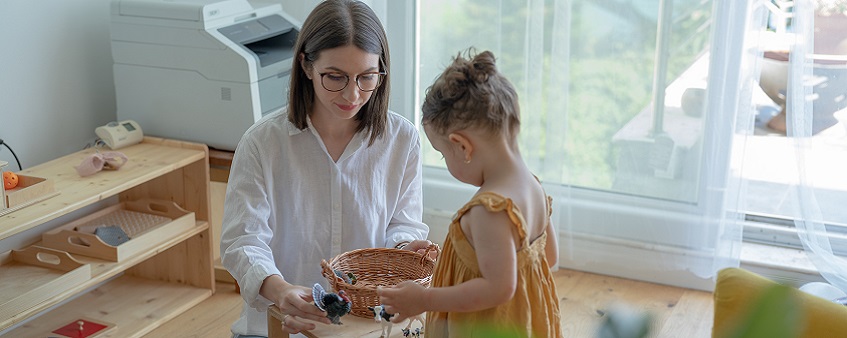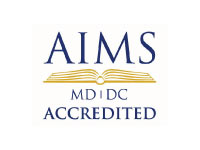What is a Montessori education?
A key difference between a Montessori classroom and more traditional classrooms is this: Rather than present students with right answers, Montessori educators lead students to ask their own questions and to discover how to find answers for themselves. Students are actively engaged in the process. Children are driven by their desire to become independent and competent beings in the world. They naturally learn and master new ideas and skills. For this reason, outside rewards are unnecessary.
All children learn through movement. Montessori environments encourage children to move about freely, within reasonable limits of appropriate behavior. Children touch and explore everything in their environment. Much of the time, students select work that captures their interest, although teachers also help them choose activities that will present new challenges and new areas of inquiry.
The focus is less on the teachers and more on the entire community of children and adults, much as one finds in a real family. A child experiences courtesy and trust, two important aspects for optimal learning conditions.
Multi-age classrooms ideally allow for two-thirds of the children to return every year, promoting continuity and the development of a very different level of relationship among the children and their peers, as well as among the children and their teachers. Children actively learn from each other while using intriguing learning materials such as mathematical models, maps, charts, fossils, historical artifacts, scientific apparatus, and collections from nature. Classrooms are bright, warm, and inviting, with an abundance of plants, animals, art, music, and books. This is referred to as the prepared environment.
Adapted from “The Montessori Way,” by Tim Seldin & Paul Epstein Ph.D., published by the Montessori Foundation, 2006.





